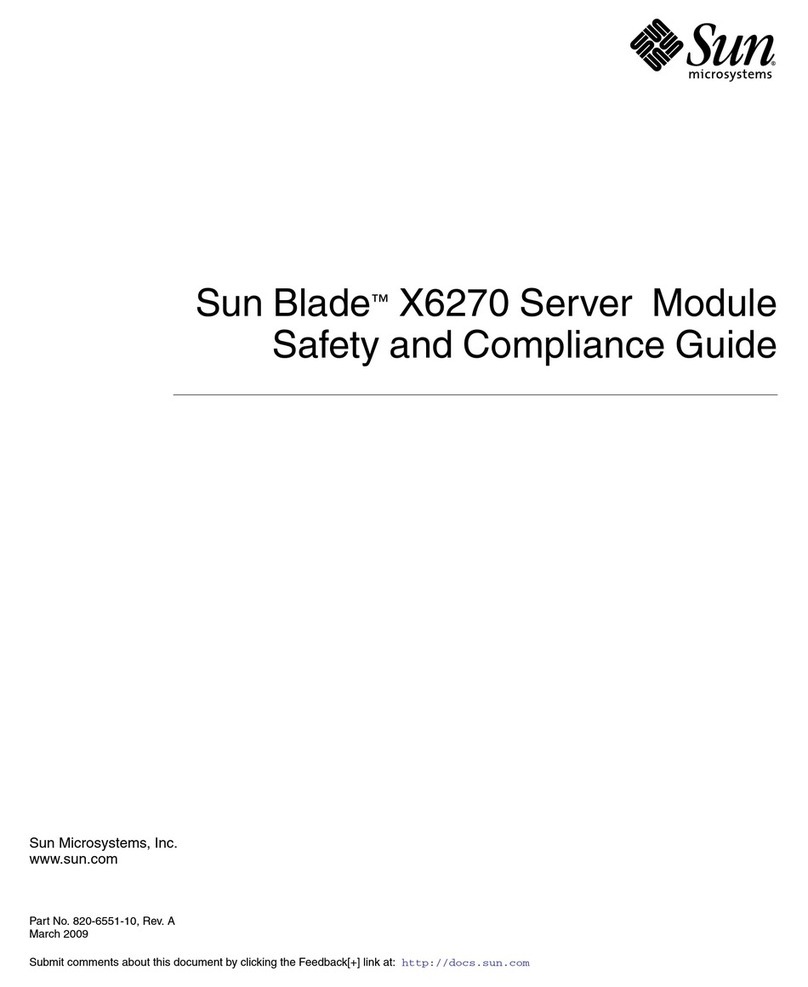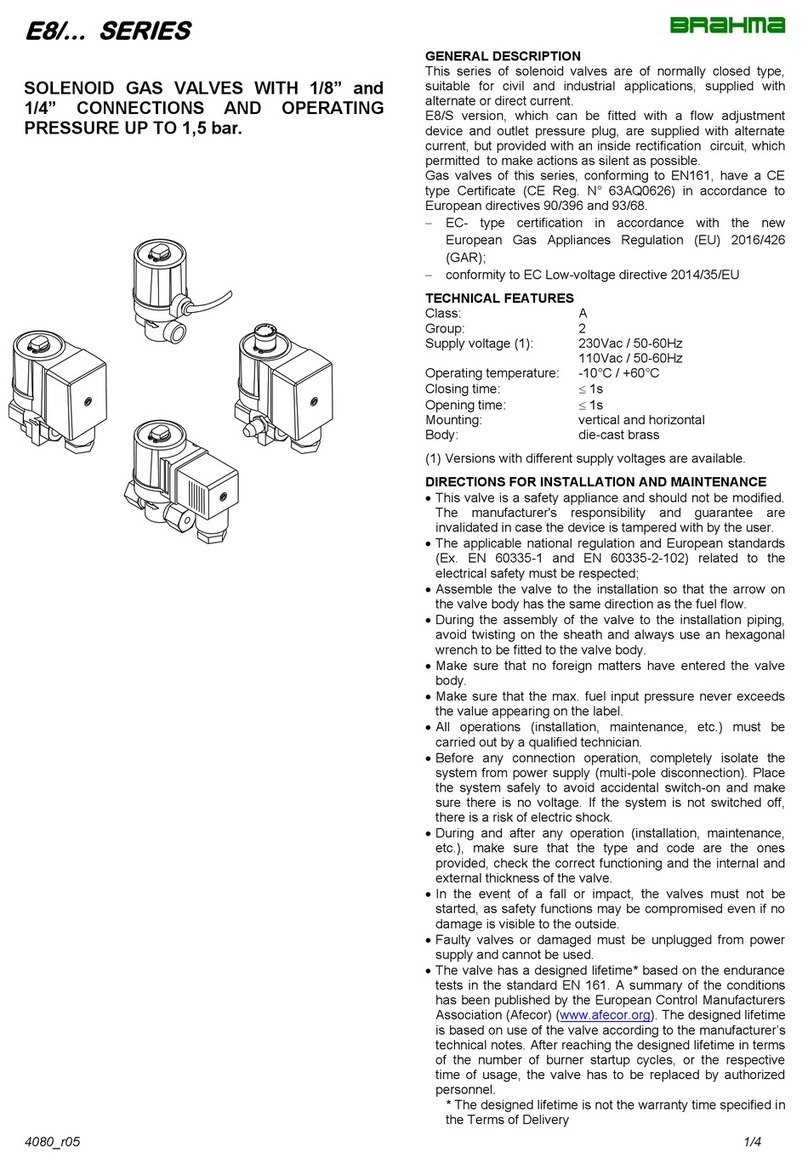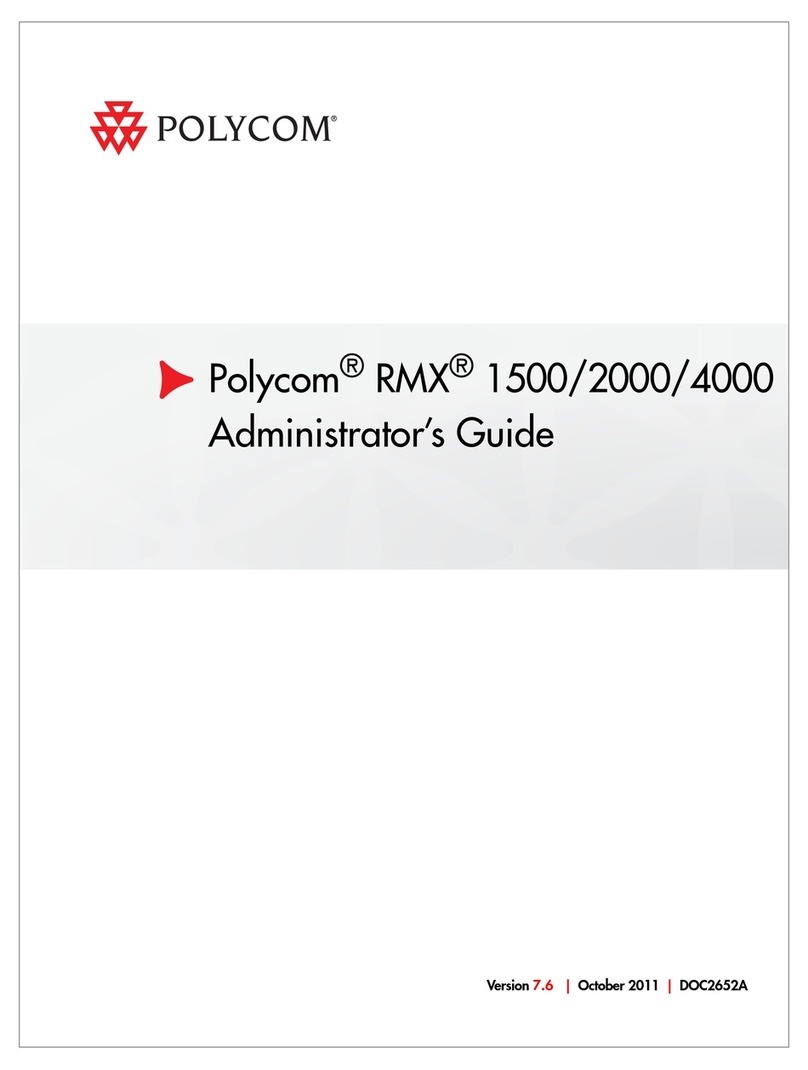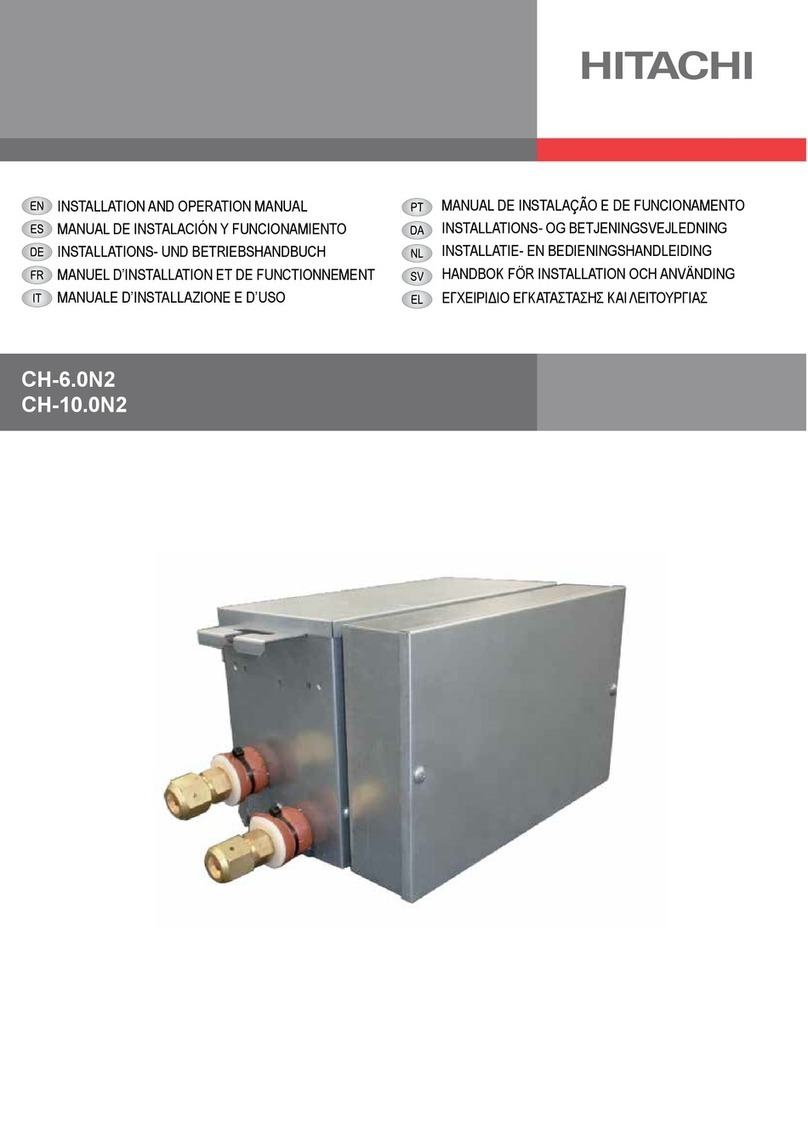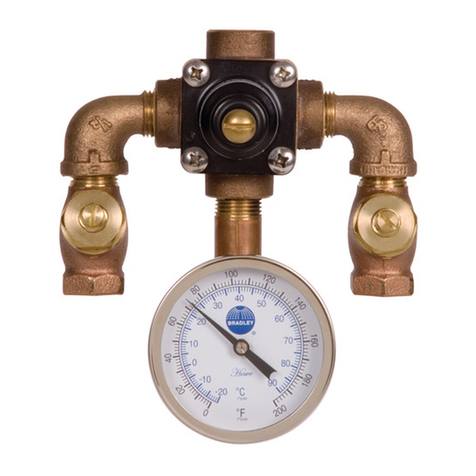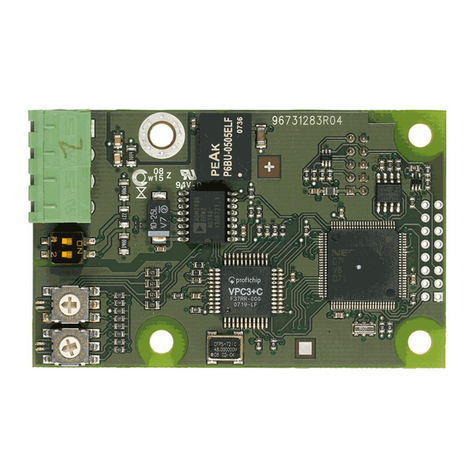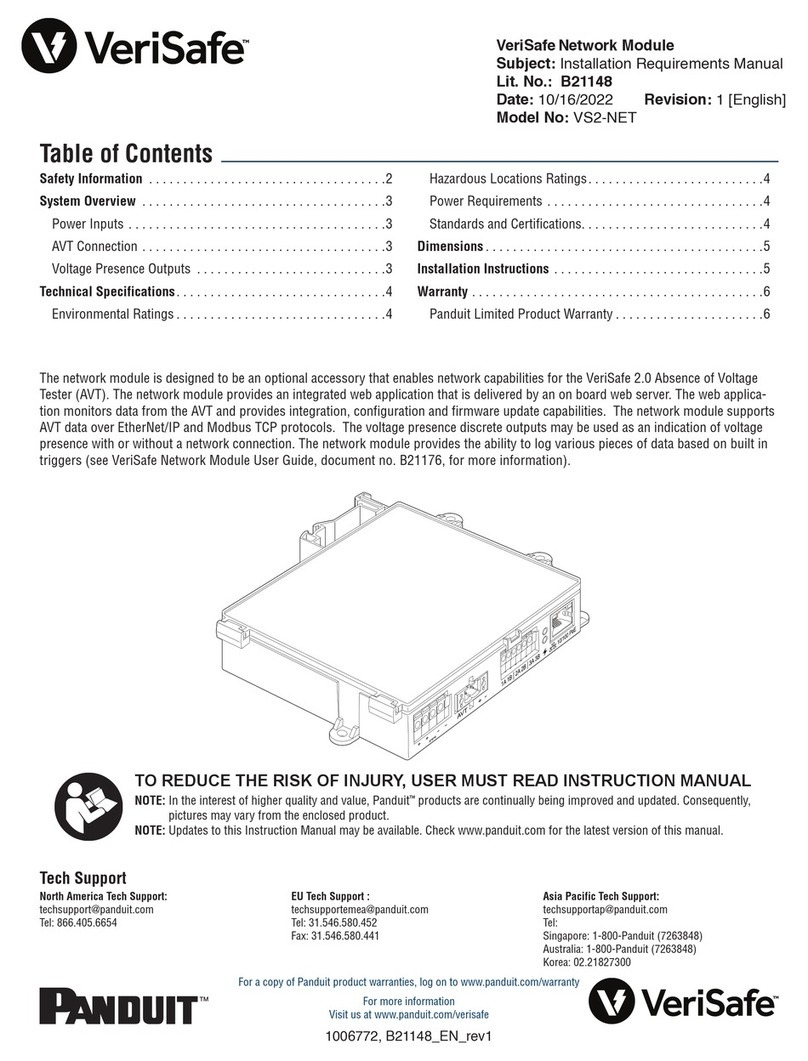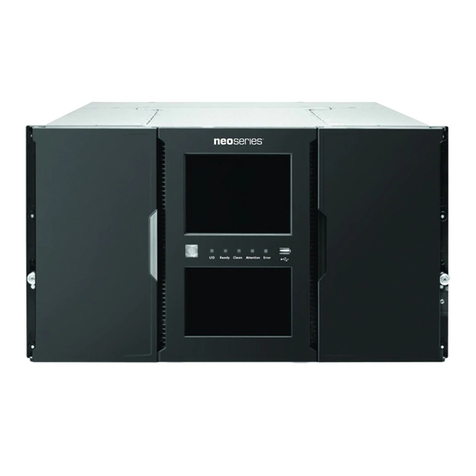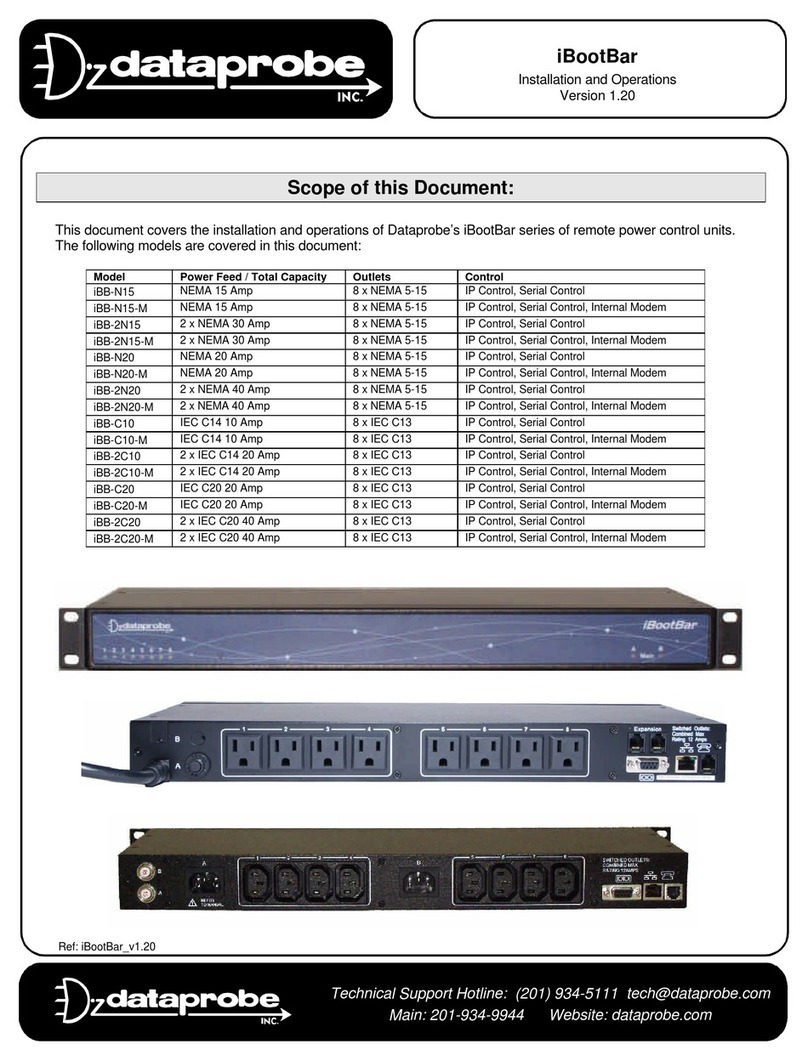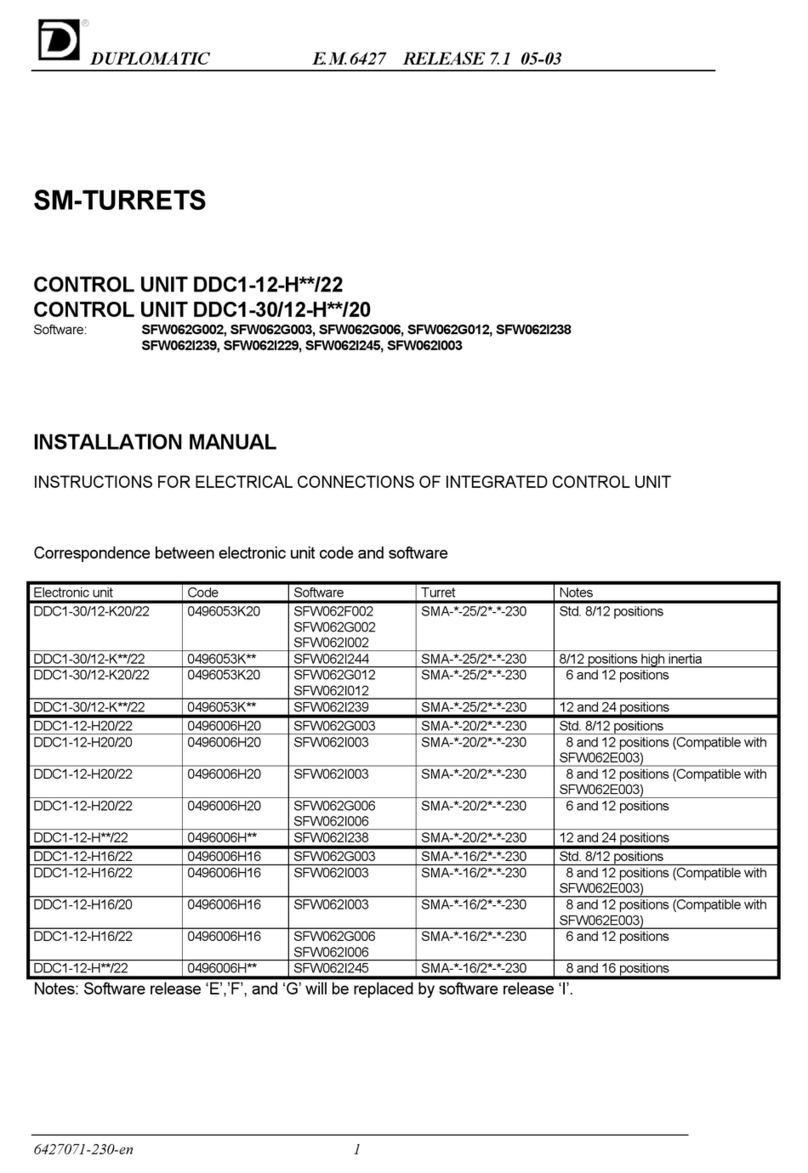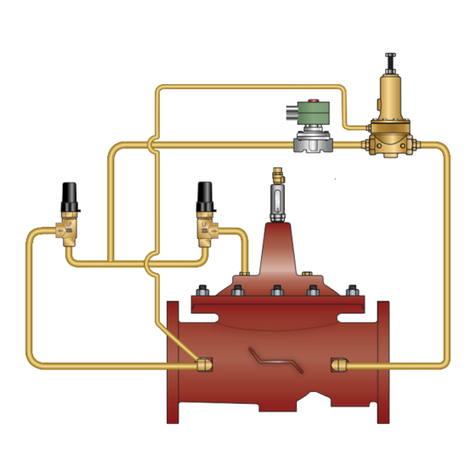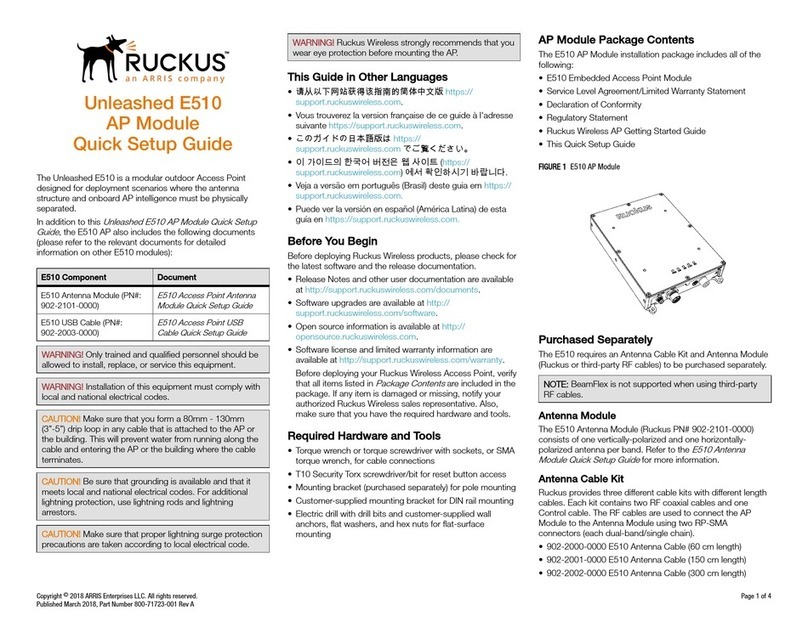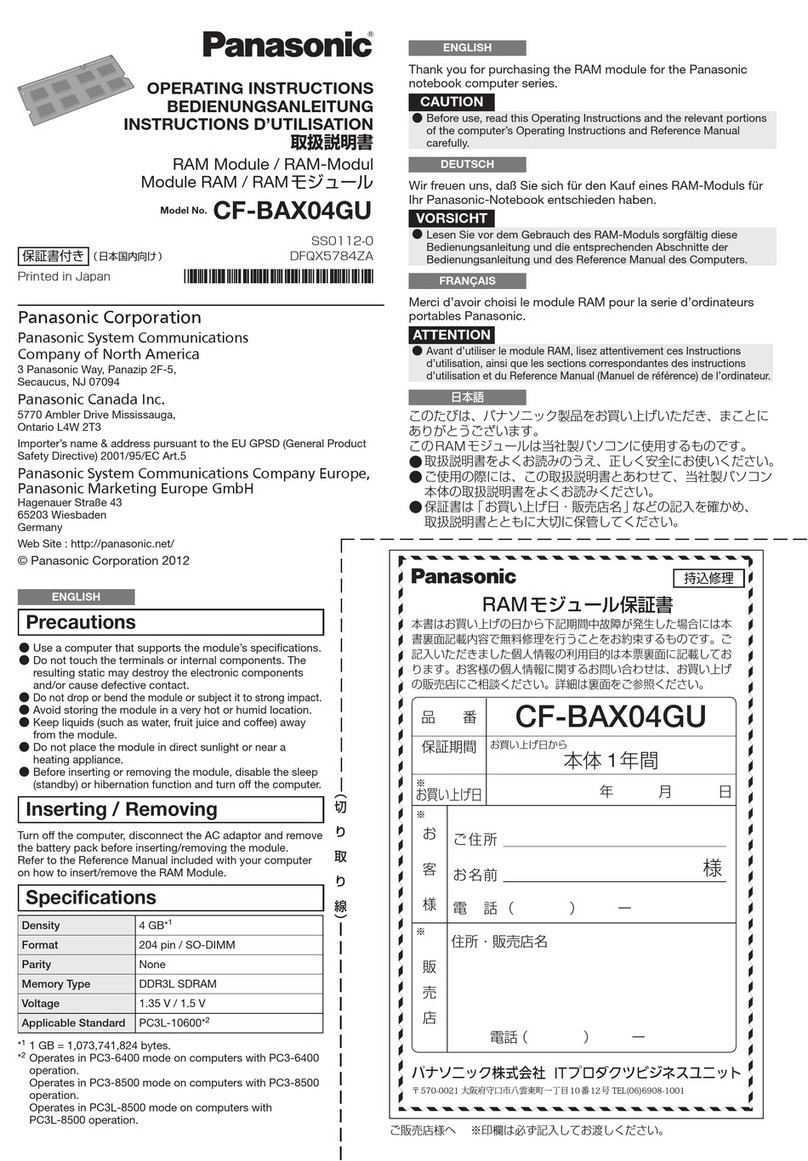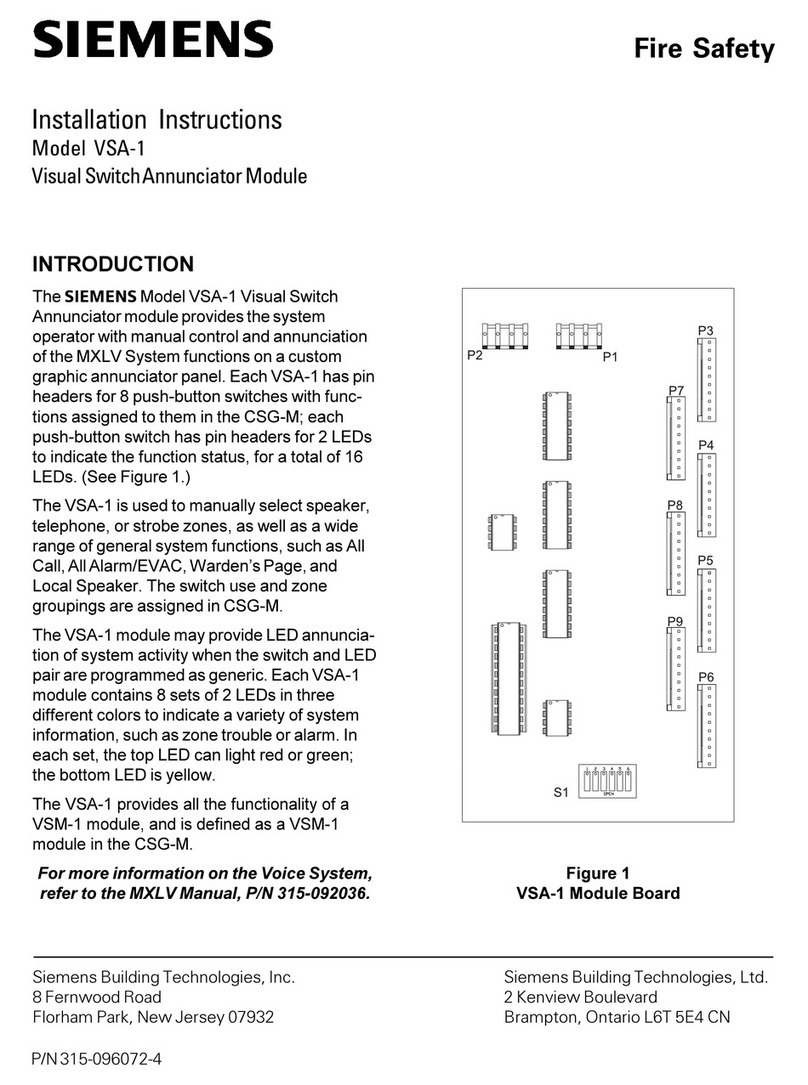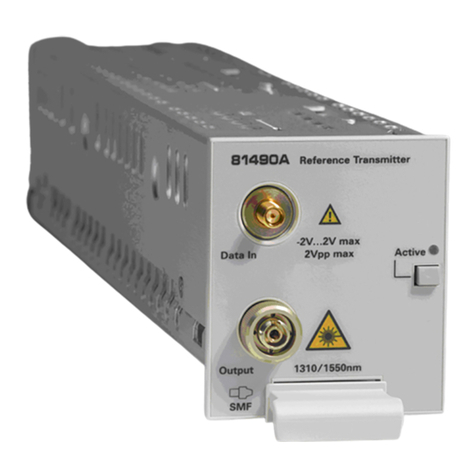1 - IDENTIFICATION CODE
EPC
SERIES 10
3 - ADJUSTMENT
P1 ADJUSTMENT RANGE
3.1 - P1 - GAIN (Scale factor regulation)
Potentiometer “P1” enables regulation of the relation between the
set reference value and the current supplied to the solenoid, and
therefore regulation of the hydraulic parameter controlled by the
valve.
Adjustment range = 0 ÷100 % of maximum current
Single turn potentiometer - Rotate clockwise to increase current.
The EPC unit is a miniaturised electronic control unit for open loop
proportional valves, designed in plug version in compliance with
DIN 43650, for direct mounting on the valve solenoid.
The unit supplies a variable current in proportion to the input
reference signal and independently of temperature variations or
load impedence.
The PWM stage on the solenoid power supply makes it possible to
reduce valve hysteresis thus optimising control precision.
Potentiometers are also fitted for optimal calibration, and can be
accessed by slackening the relative screw and opening the cover
of the connector.
3.2 - P2 - RAMP (Ramp regulation)
Potentiometer “P2” within a range from 0,03 to 1,5 sec. regulates
the time required to reach the current according to a step change of
the reference signal up or down.
This makes it possible to control valve response and adapt it to the
requirements of the hydraulic system and the machine cycles.
Single turn potentiometer - Rotate clockwise to increase ramp time.
89 110/101 ED 2/4
Switching frequency:
0= 200 Hz 1= 100 Hz
4= 400 Hz
Maximum current:
1= 800 mA 2= 1200 mA
3= 1600 mA
Series No. (from 10 to 19 sizes and
mounting dimensions remain unchanged)
Power amplifier
DIN 43650 electrical connection
For single solenoid proportional valves
E P C - 1 / 10
P1 adjustment with
offset (P3) at max
P1 adjustment with
offset (P3) at zero
Reference
2 - FUNCTIONAL SPECIFICATIONS
2.1 - Electric power supply
The card requires a power supply of between 10 and 30 VDC
(ripple included).
NOTE: The value of the power supply voltage on the card must
not be lower than the rated working voltage of the solenoid to
be controlled.
The power supply voltage must be rectified and filtered, with
maximum admissible ripple within the above voltage range.
The power required by the card depends on the power supply
voltage and on the maximum value of the supplied current (it is
determined by the card version). In general a conservative value of
the required power can be considered as the product of V x I.
Example: a card with a maximum current = 800 mA and a power
supply voltage of 24 Vcc requires a power of about 20W. In case of
a card with a maximum current =1200 mA and a power supply
voltage of 24 Vcc the used power is equal to 30 W.
NB. Observe wire polarity and protect the power supply circuit
from overvoltages.
2.2 - Reference signal
The card accepts voltage reference signals of 0 ÷ +10V.
N.B: If the signal is transmitted by potentiometer, please verify
that this has a load of at least 5 KΩΩ(recommended 10 KΩΩ ))..
See par. 7 for electrical connections.
E0 = reference signal 0 ÷+10V (standard)
E2 = reference signal 0 ÷+5V

